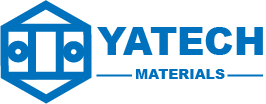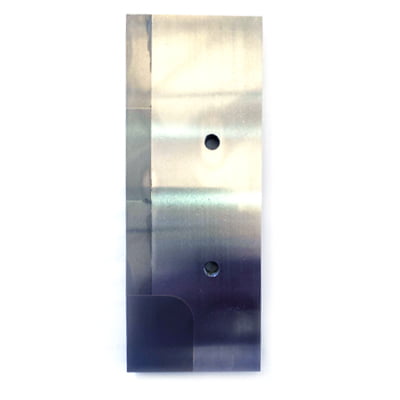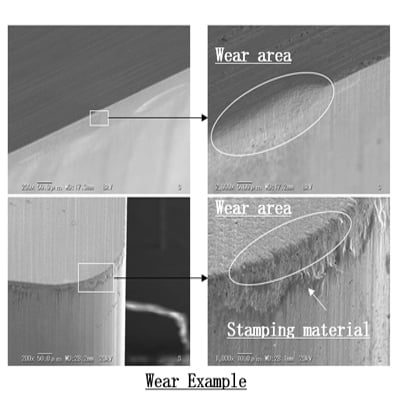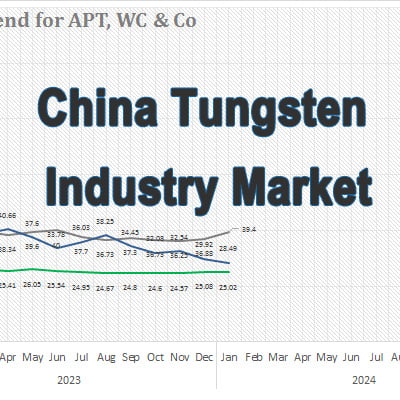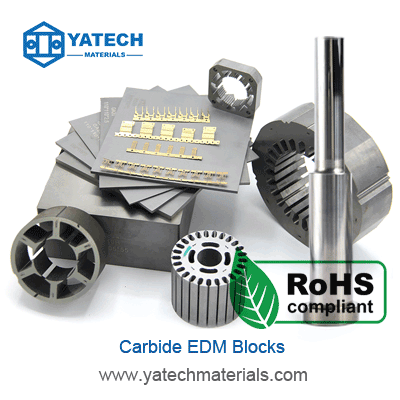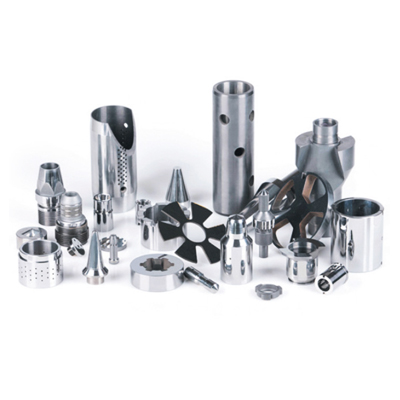
How Cemented Carbide Can Boost Your Oil and Gas Operations
If you are in the oil and gas industry, you know how demanding and challenging it is. You need to drill, explore, extract and produce oil and gas in harsh environments, where your equipment and tools face high temperatures, pressures, abrasion, corrosion and impact. You also need to ensure optimal performance, efficiency and safety for your operations.
That’s why you need to choose the right material for your applications. And one of the best materials you can use is cemented carbide.
1. What is Cemented Carbide?
Cemented carbide is a composite material that consists of tungsten carbide particles embedded in a metallic binder, usually cobalt. It is also known as hard metal or tungsten carbide.
Cemented carbide offers a unique combination of hardness, strength and toughness that makes it superior to other materials such as steel, cast iron or ceramics.
2. Properties of Cemented Carbide
Here are some of the properties that make cemented carbide ideal for oil and gas applications:
– High hardness: Cemented carbide is comparable with corundum (α-Al2O3) in hardness and can only be polished and finished with abrasives of superior hardness such as cubic boron nitride and diamond powder. This means that cemented carbide can resist wear and deformation caused by friction, cutting and impact.
– High strength: Cemented carbide has high compressive strength and can withstand high loads without breaking or cracking. It also has good resistance to thermal shock and fatigue.
– High toughness: Cemented carbide has high fracture toughness and can absorb energy from impacts without fracturing. It also has good ductility and can deform plastically without losing its strength.
– High thermal conductivity: Cemented carbide has high thermal conductivity and can dissipate heat efficiently. This helps to prevent overheating and thermal damage to the tools and equipment.
– High corrosion resistance: Cemented carbide has high corrosion resistance and can resist oxidation, acid attack and chemical erosion. This helps to prevent deterioration and loss of performance due to corrosive environments.
3. Advantages of Cemented Carbide
By using cemented carbide for your oil and gas applications, you can enjoy several advantages, such as:
– Longer tool life: Cemented carbide tools can last up to 10 times longer than other tools made of steel or cast iron, because they can resist wear, deformation, fracture and corrosion better. This means that you can reduce tool replacement costs and downtime.
– Higher productivity: Cemented carbide tools can operate at up to 3 times faster than other tools made of steel or cast iron, because they can withstand higher temperatures, pressures and impacts better. This means that you can increase your output and efficiency.
– Better quality: Cemented carbide tools can produce up to 50% smoother surfaces, up to 30% more accurate dimensions and up to 80% less defects than other tools made of steel or cast iron, because they can maintain their sharpness, shape and performance better. This means that you can improve your quality and customer satisfaction.
– More versatility: Cemented carbide tools can be used for various applications in the oil and gas industry, such as drilling, milling, turning, reaming, boring, threading, grooving, cutting, sawing, etc. They can also be used for different materials, such as steel alloys, stainless steel, titanium alloys, nickel alloys, etc. This means that you can use fewer tools for more tasks.
4. Examples of Cemented Carbide Products
There are many examples of cemented carbide products that you can use in the oil and gas industry, such as:
– Top hammer rock drill bits: These are used for drilling blast holes in rock formations. They have cemented carbide buttons or inserts that provide high penetration rate (up to 1.5 m/min), wear resistance (up to 300% longer life) and durability (up to 50% less breakage).
– Downhole hammers: These are used for drilling deep wells in hard rock formations. They have cemented carbide pistons that provide high impact energy (up to 25 kJ), wear resistance (up to 200% longer life) and reliability (up to 90% less failure).
– Roller-cutters: These are used for tunnel boring machines that excavate tunnels in rock formations. They have cemented carbide teeth that provide high cutting performance (up to 15 m/h), wear resistance (up to 400% longer life) and service life (up to 1000 km).
– Long wall plough chisels: These are used for cutting coal seams in underground mining. They have cemented carbide tips that provide high cutting efficiency (up to 40% more output), wear resistance (up to 500% longer life) and toughness (up to 70% less breakage).
– Long wall shearer picks: These are used for cutting coal seams in underground mining. They have cemented carbide inserts that provide high cutting performance (up to 30% more output), wear resistance (up to 600% longer life) and durability (up to 80% less breakage).
– Raiseboring reamers: These are used for drilling large-diameter shafts in rock formations. They have cemented carbide cutters that provide high reaming performance (up to 10 m/h), wear resistance (up to 800% longer life) and service life (up to 500 km).
– Nozzles: These are used for spraying fluids or gases in various applications, such as hydraulic fracturing, sandblasting, jet cutting, etc. They have cemented carbide orifices that provide high erosion resistance (up to 1000 times longer life) and flow control (up to 50% more efficiency).
– Valve seats and balls: These are used for controlling the flow of fluids or gases in various applications, such as oil and gas pipelines, pumps, compressors, etc. They have cemented carbide surfaces that provide high sealing performance (up to 99.9% leakage-free), wear resistance (up to 1000 times longer life) and corrosion resistance (up to 100 times more resistant).
– Bearings and bushings: These are used for supporting rotating or sliding parts in various applications, such as oil and gas pumps, compressors, turbines, etc. They have cemented carbide surfaces that provide high load capacity (up to 10 times higher), wear resistance (up to 1000 times longer life) and friction reduction (up to 50% less energy consumption).
5. Conclusion
Cemented carbide is a material that can revolutionize your oil and gas operations by providing higher performance and efficiency for various applications. It has a unique combination of hardness, strength and toughness that makes it superior to other materials. It also has several advantages, such as longer tool life, higher productivity, better quality and more versatility. It can be used for various products, such as drill bits, hammers, cutters, chisels, picks, reamers, nozzles, valves, bearings and bushings.
If you want to learn more about how cemented carbide can boost your oil and gas operations, please contact us today. We are a leading manufacturer of cemented carbide products with over 50 years of experience and expertise. We can provide you with customized solutions that meet your specific needs and requirements.
Don’t miss this opportunity to take your oil and gas operations to the next level with cemented carbide. Contact us now and get a free consultation.
